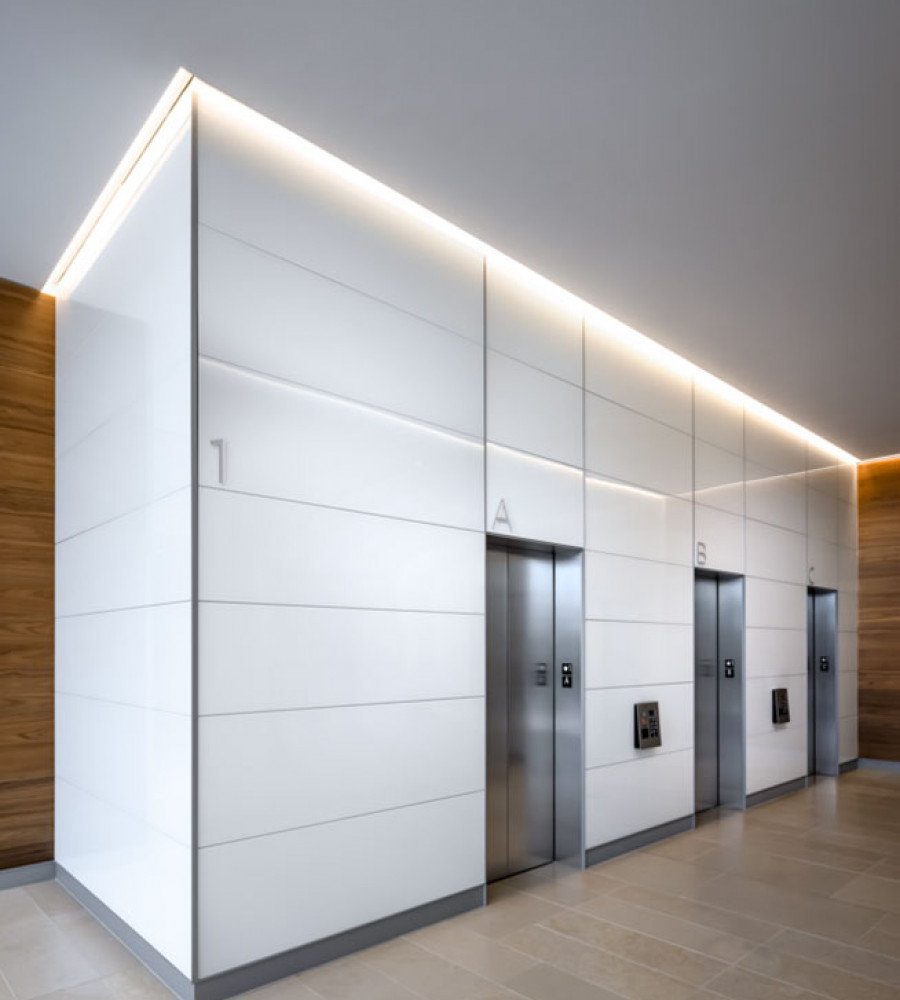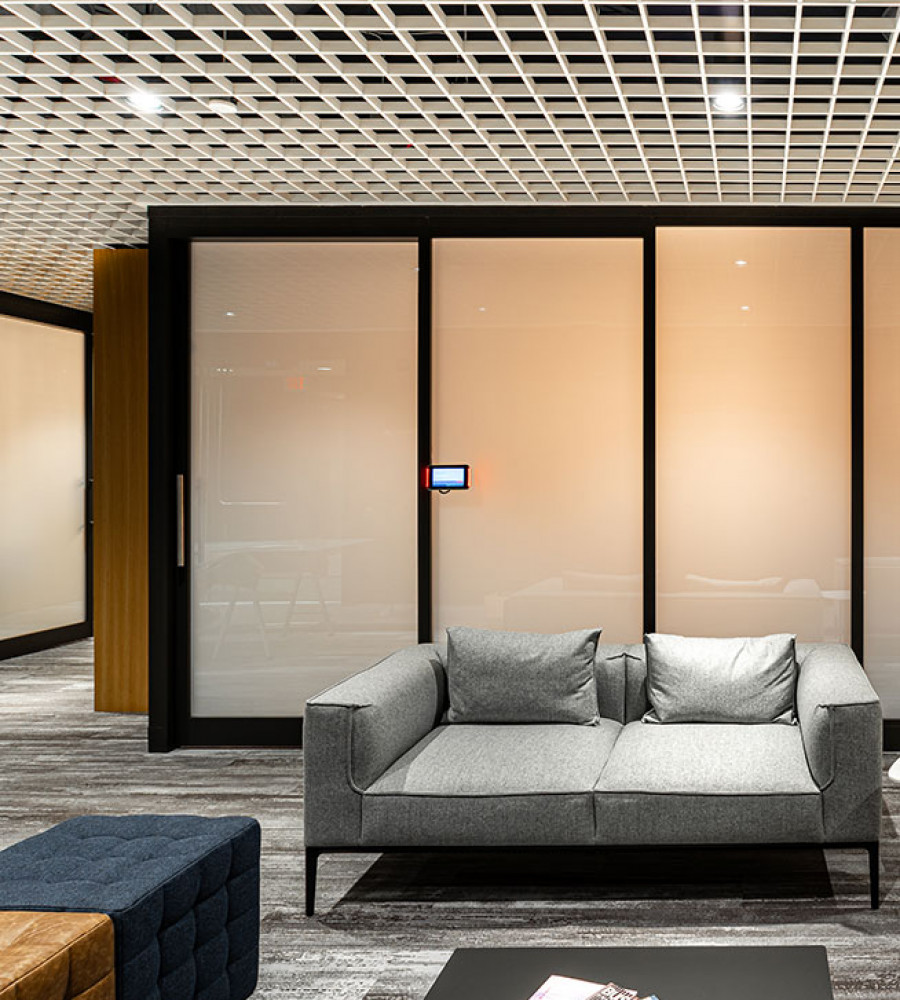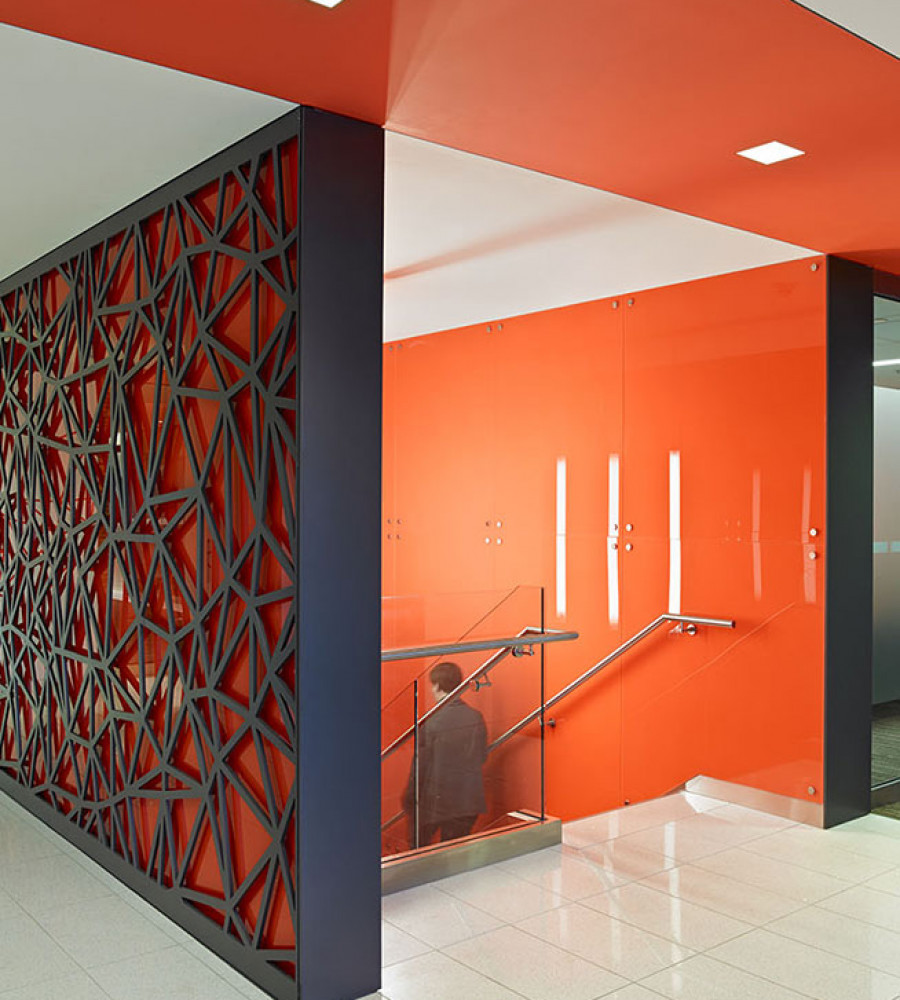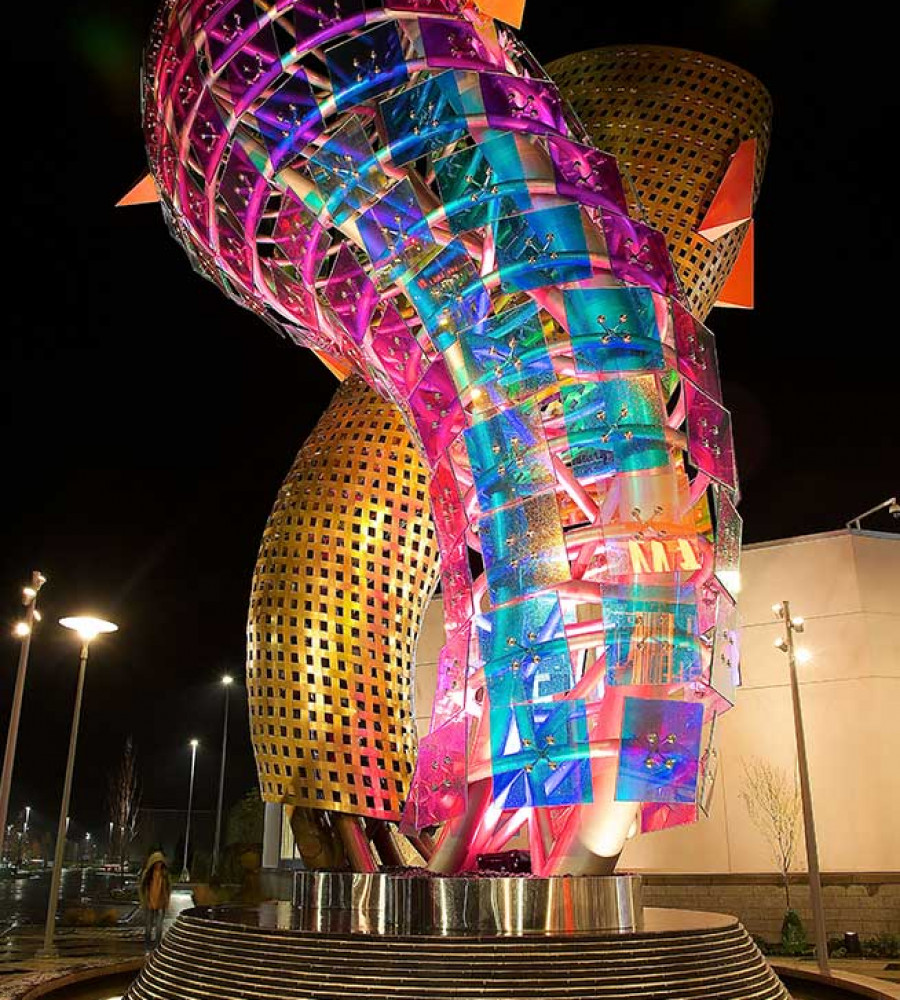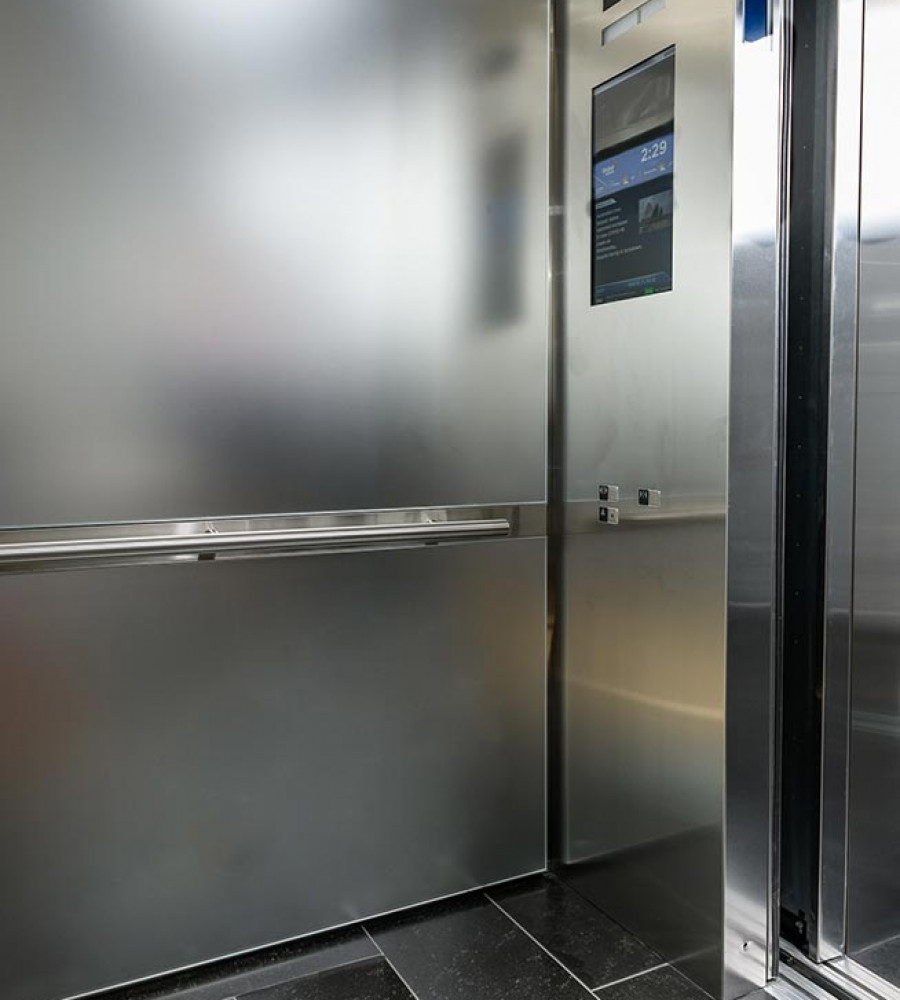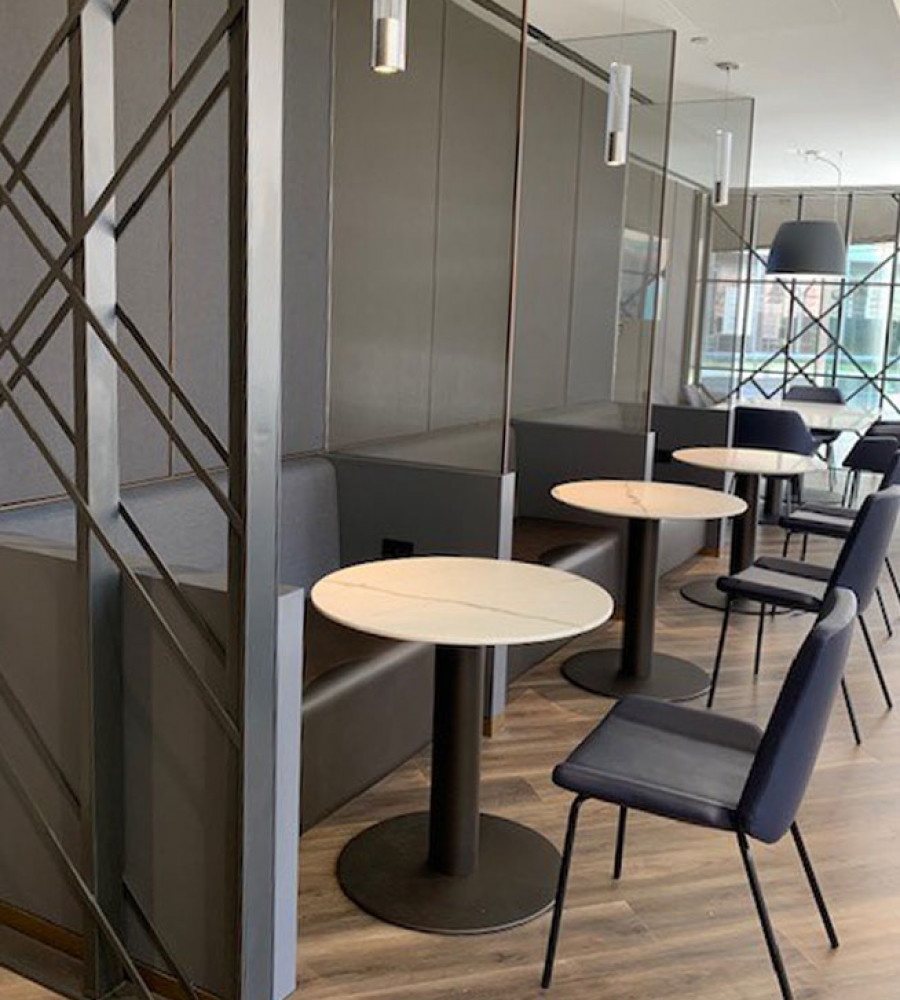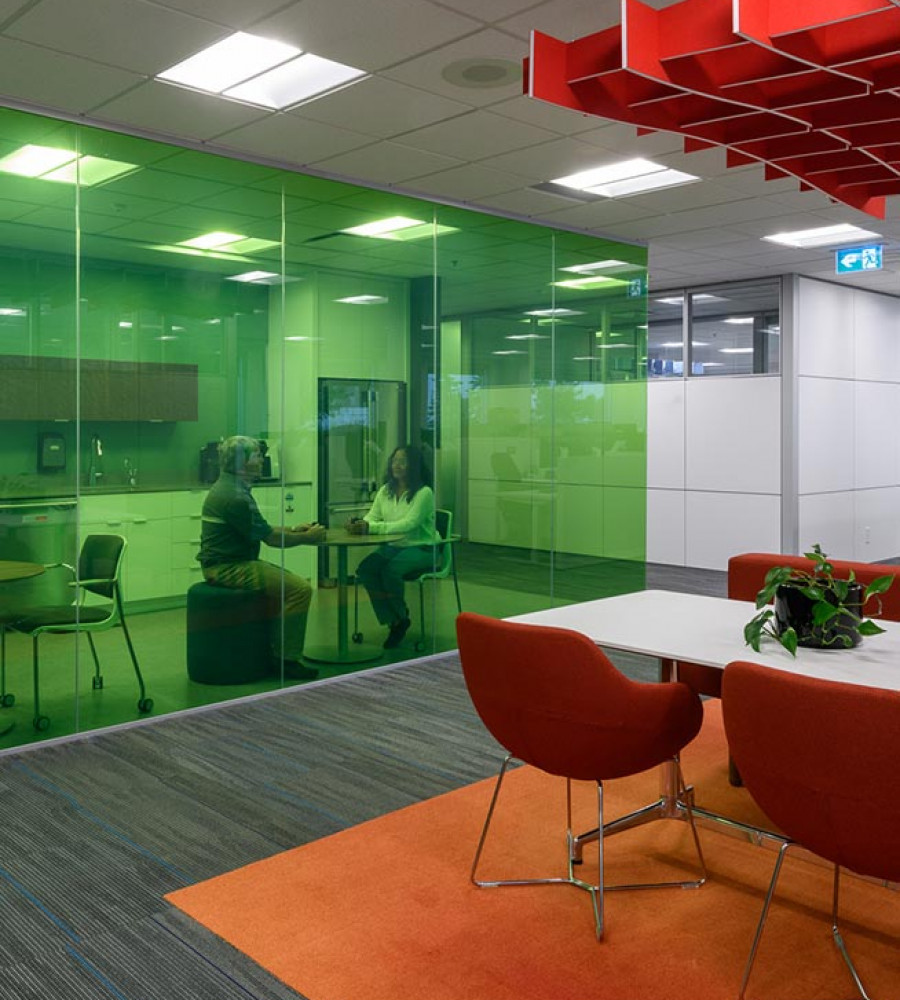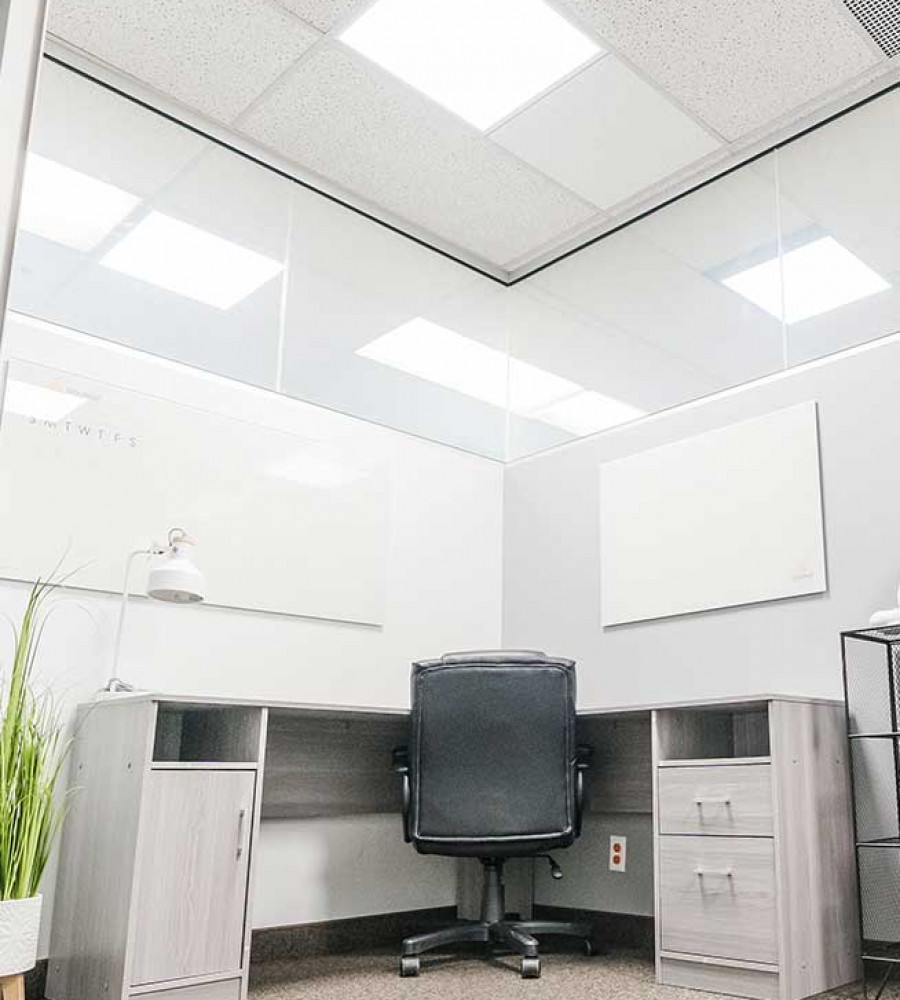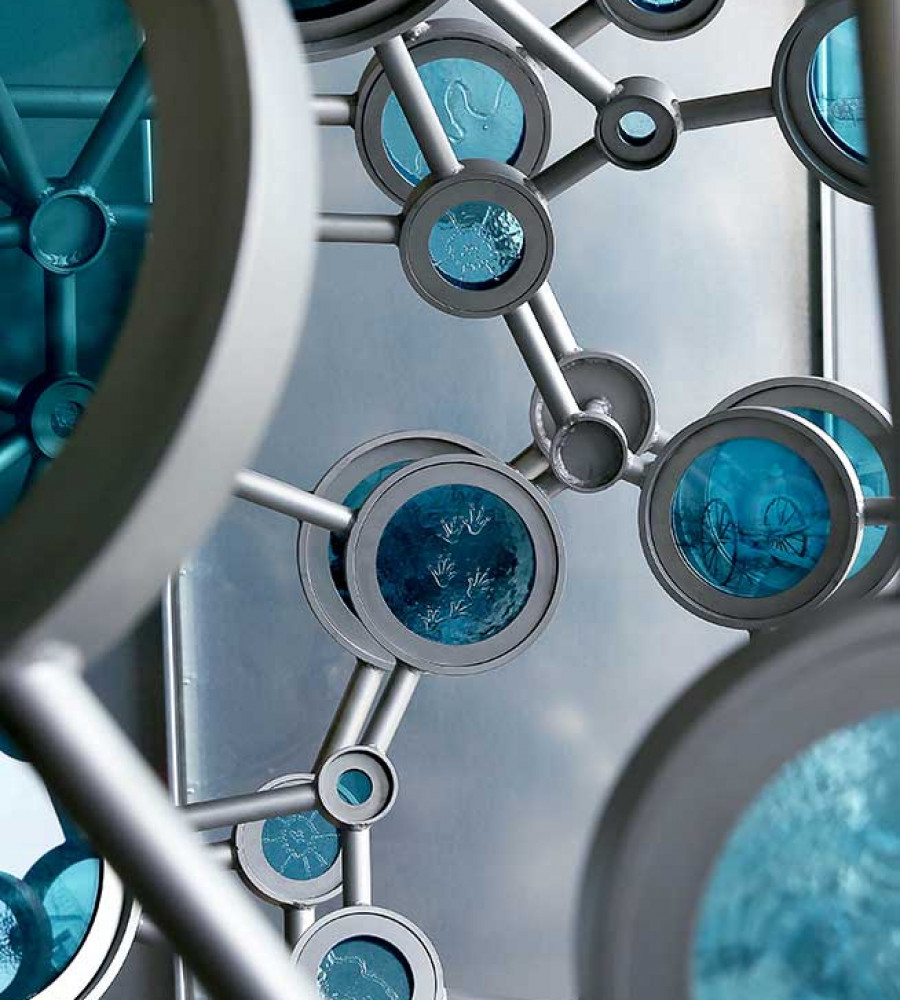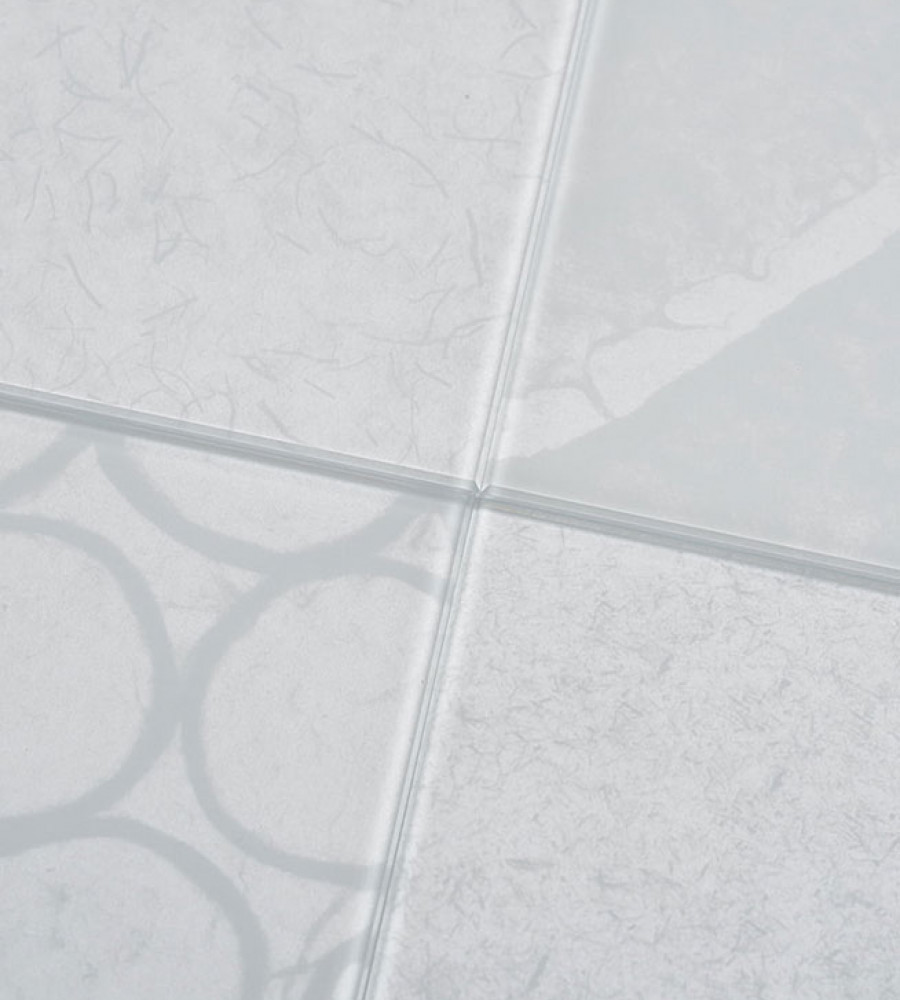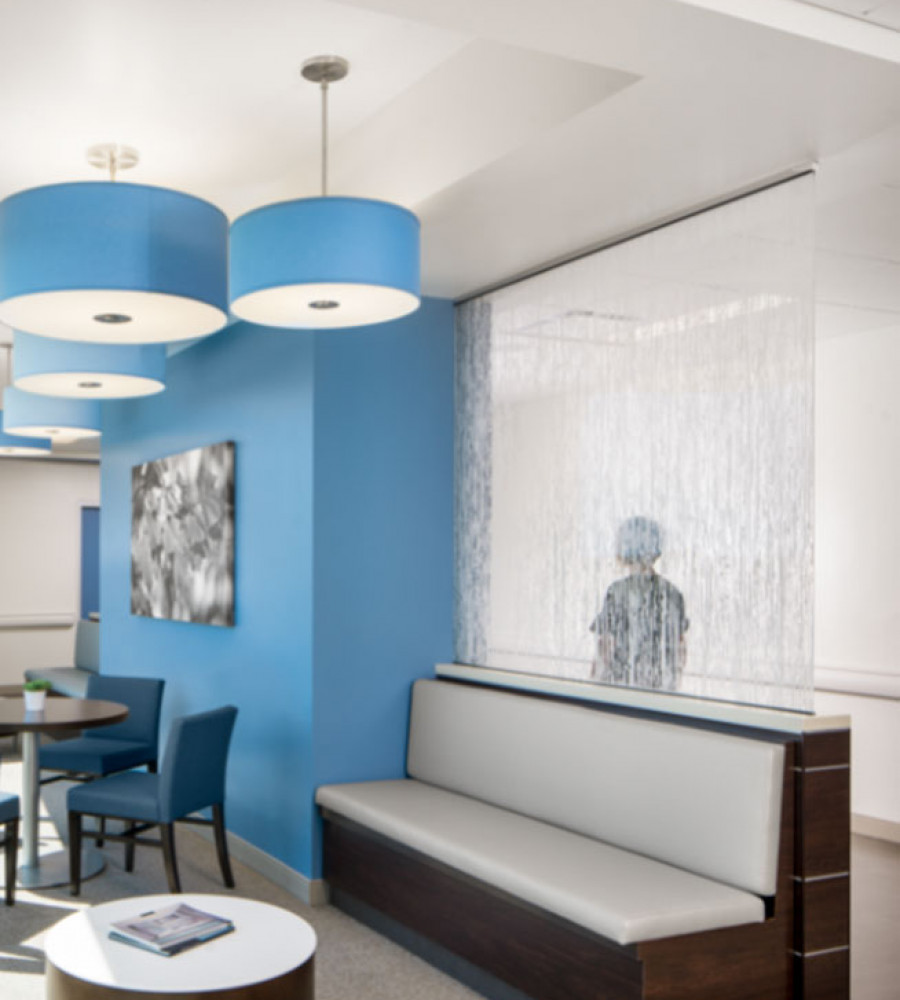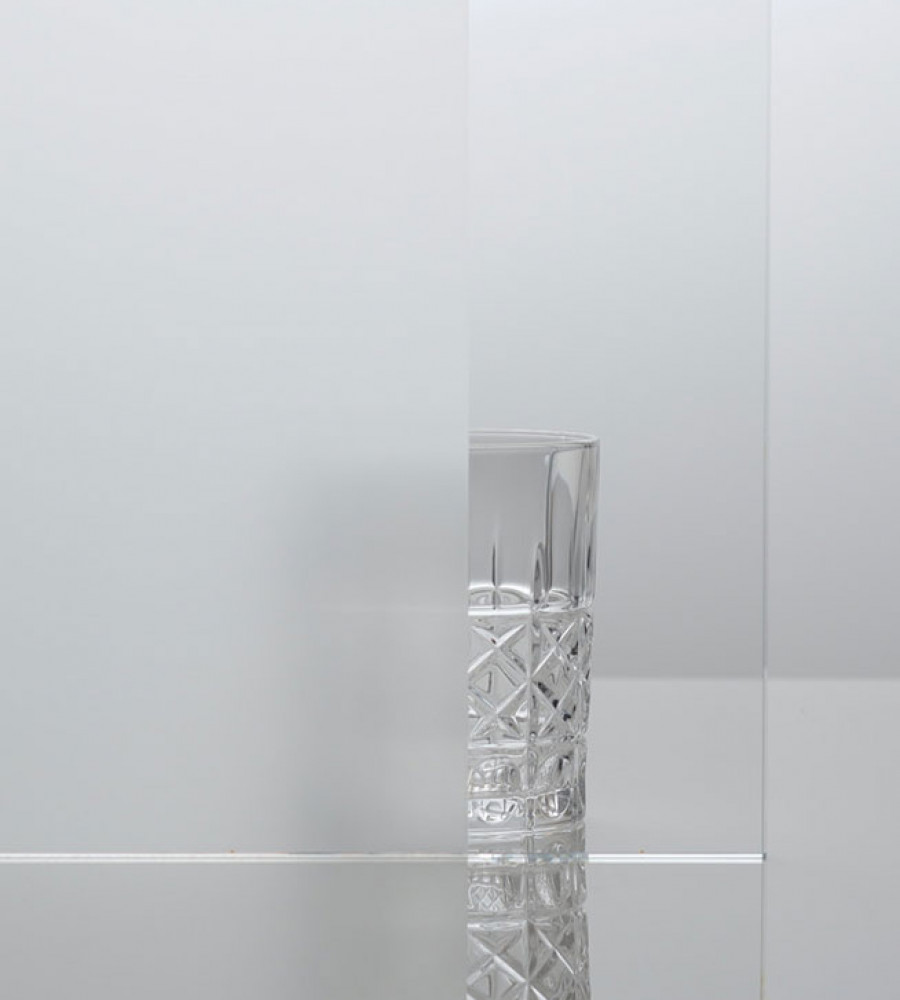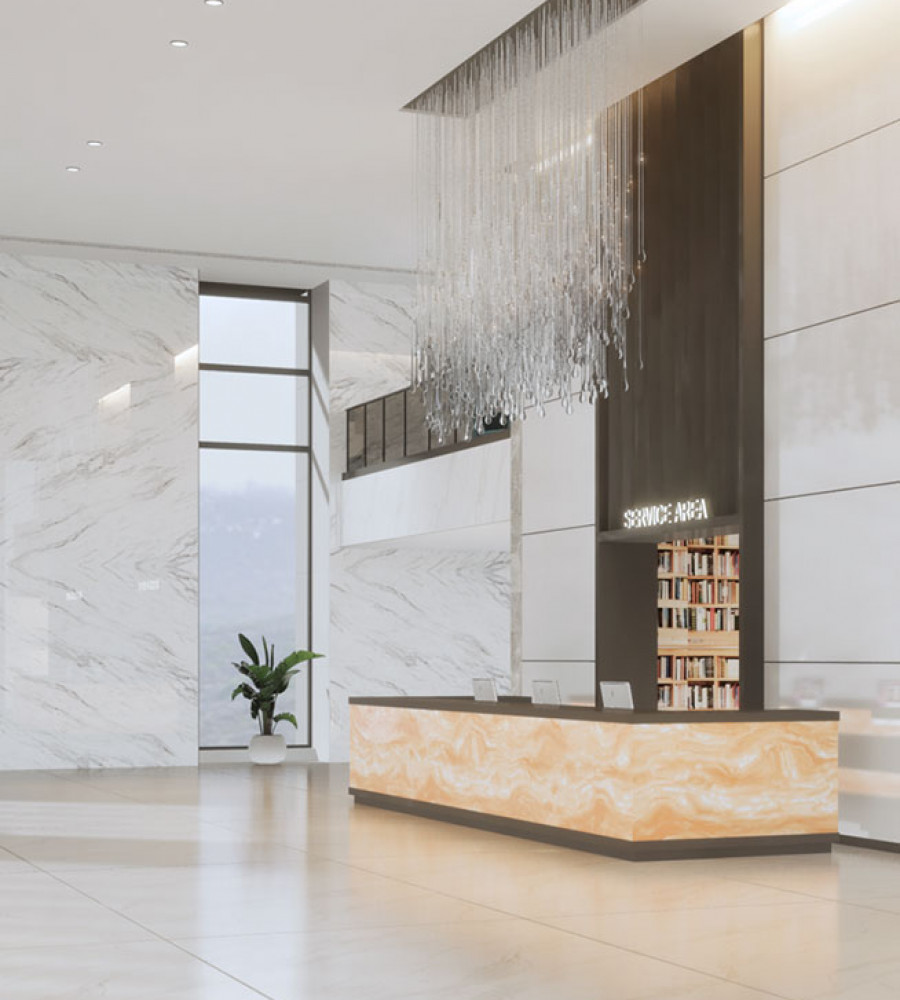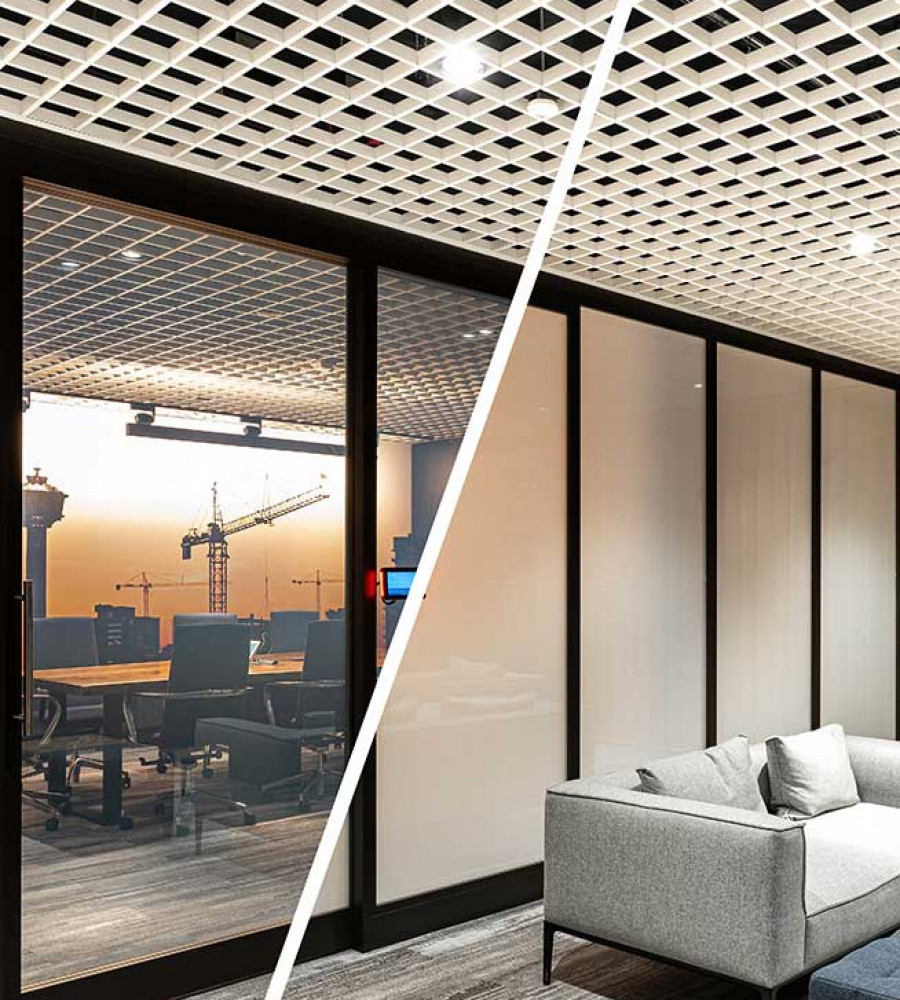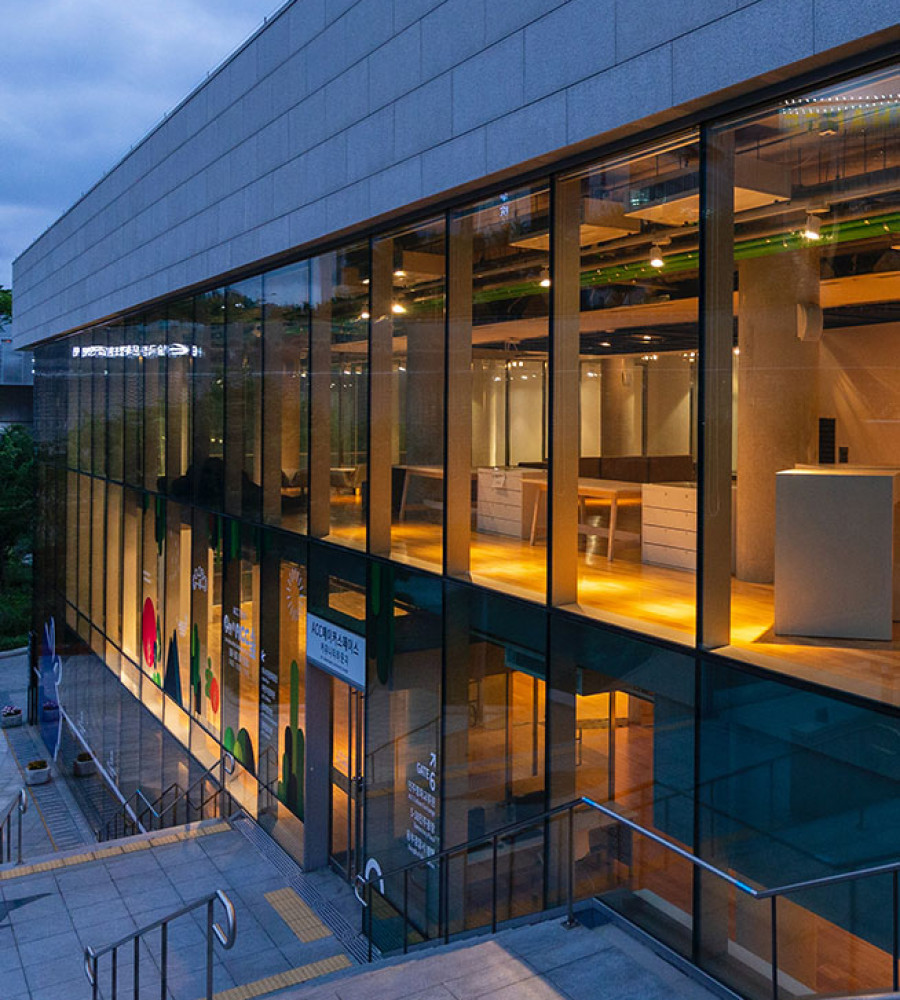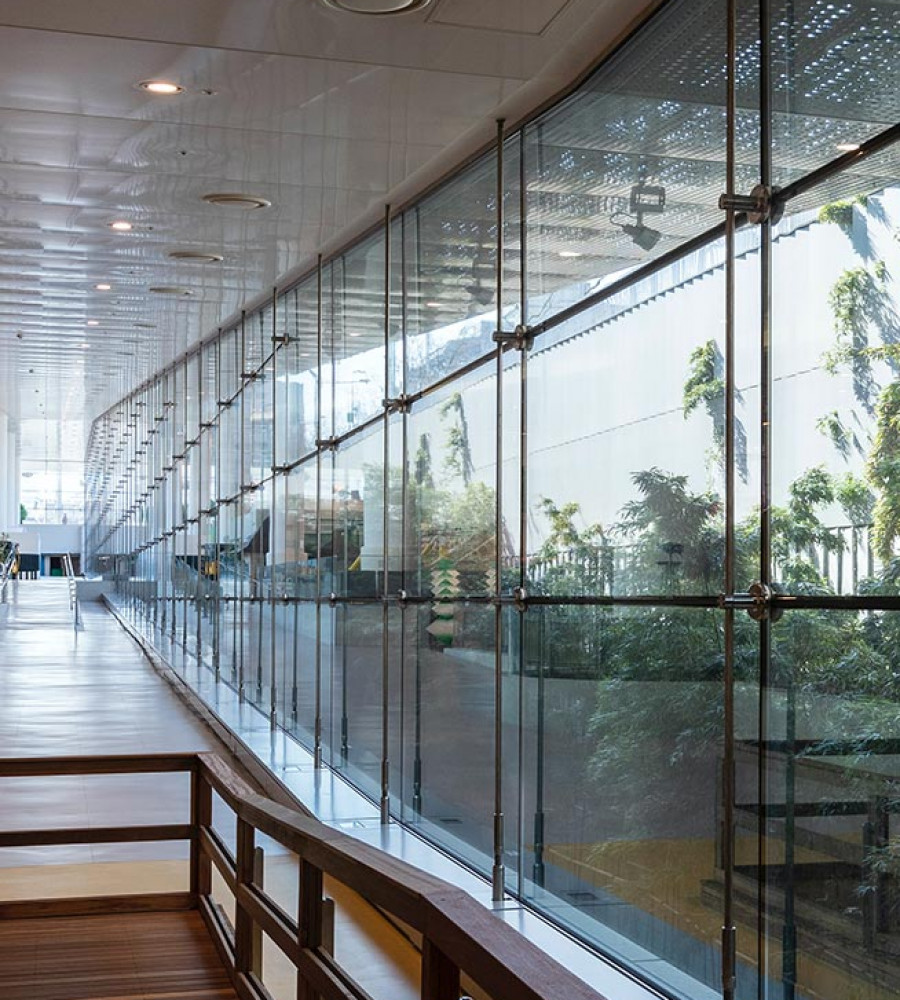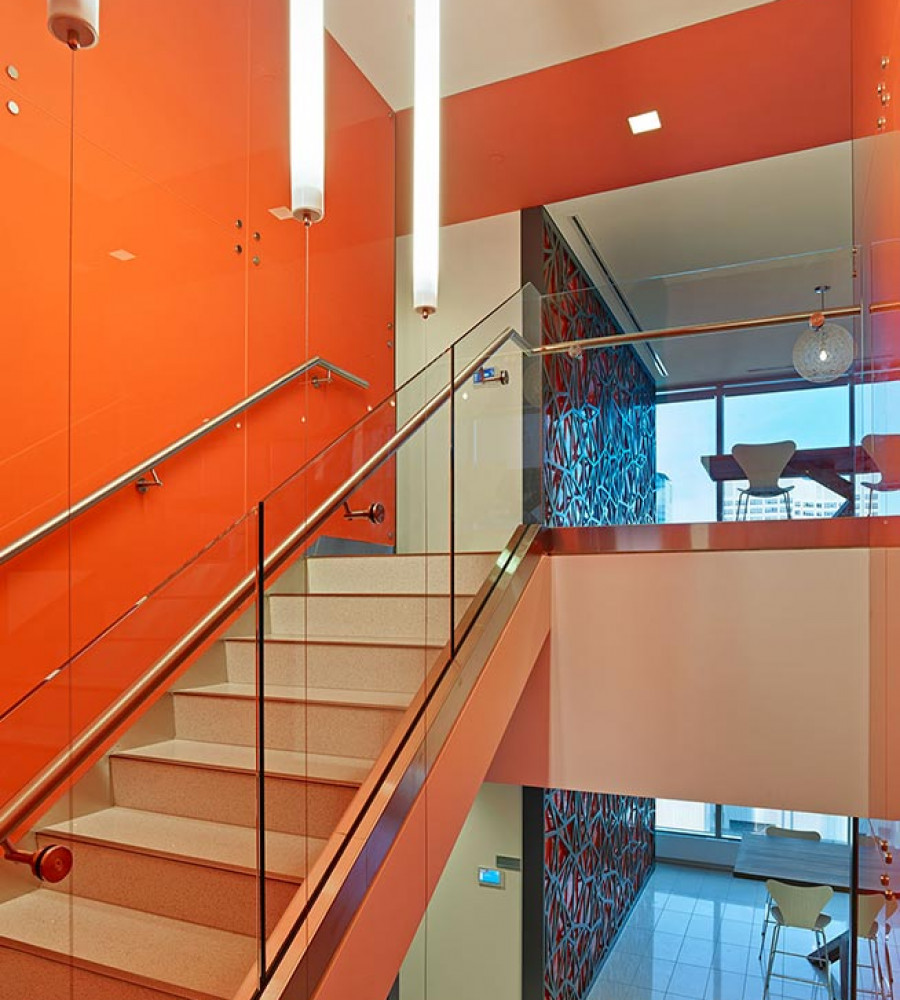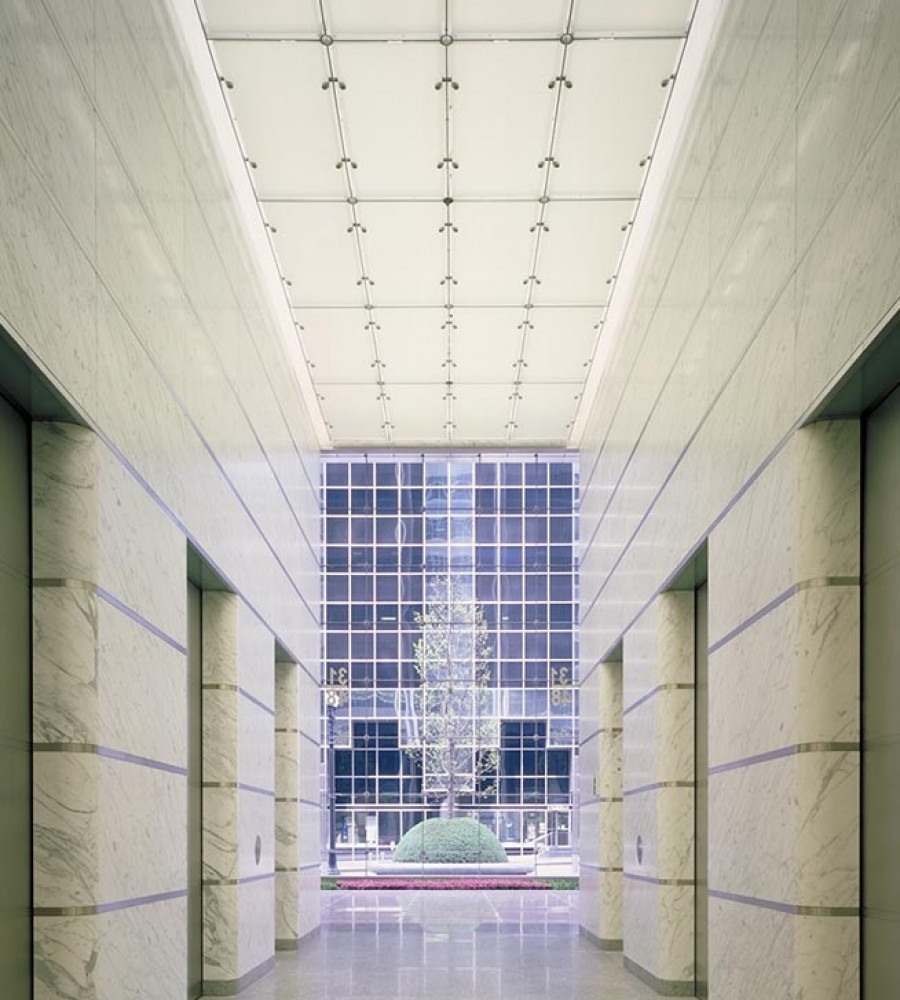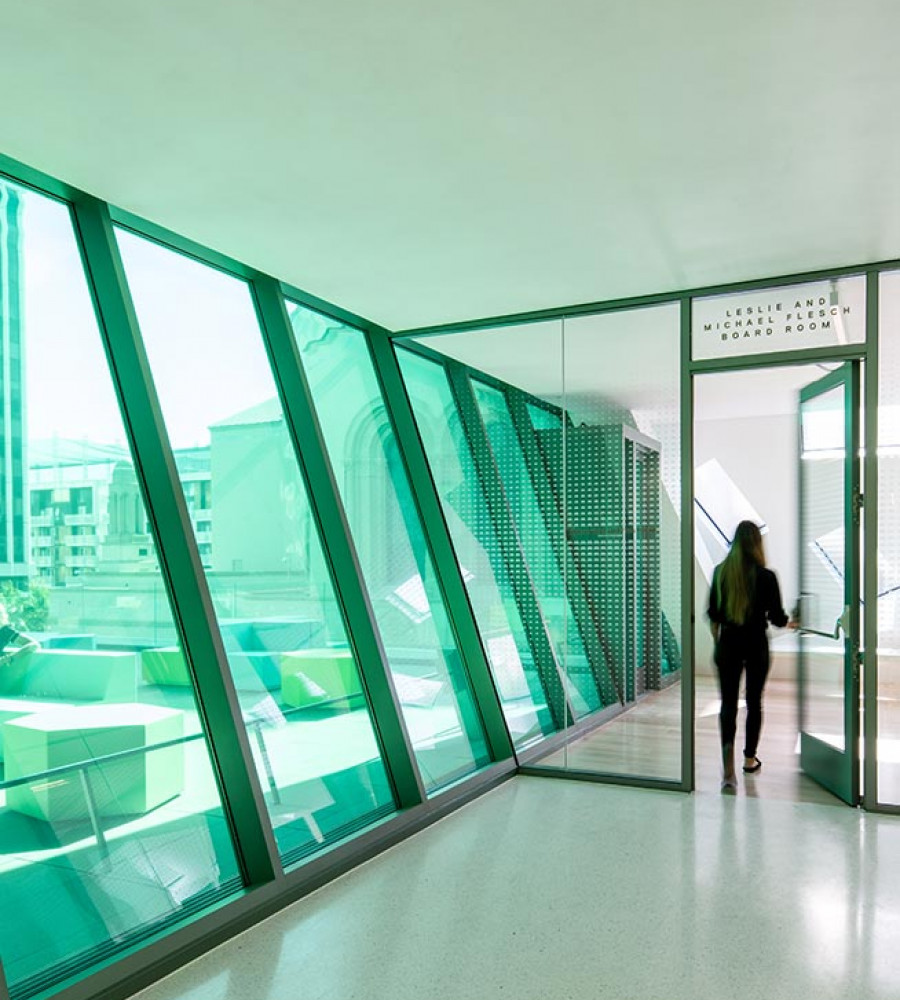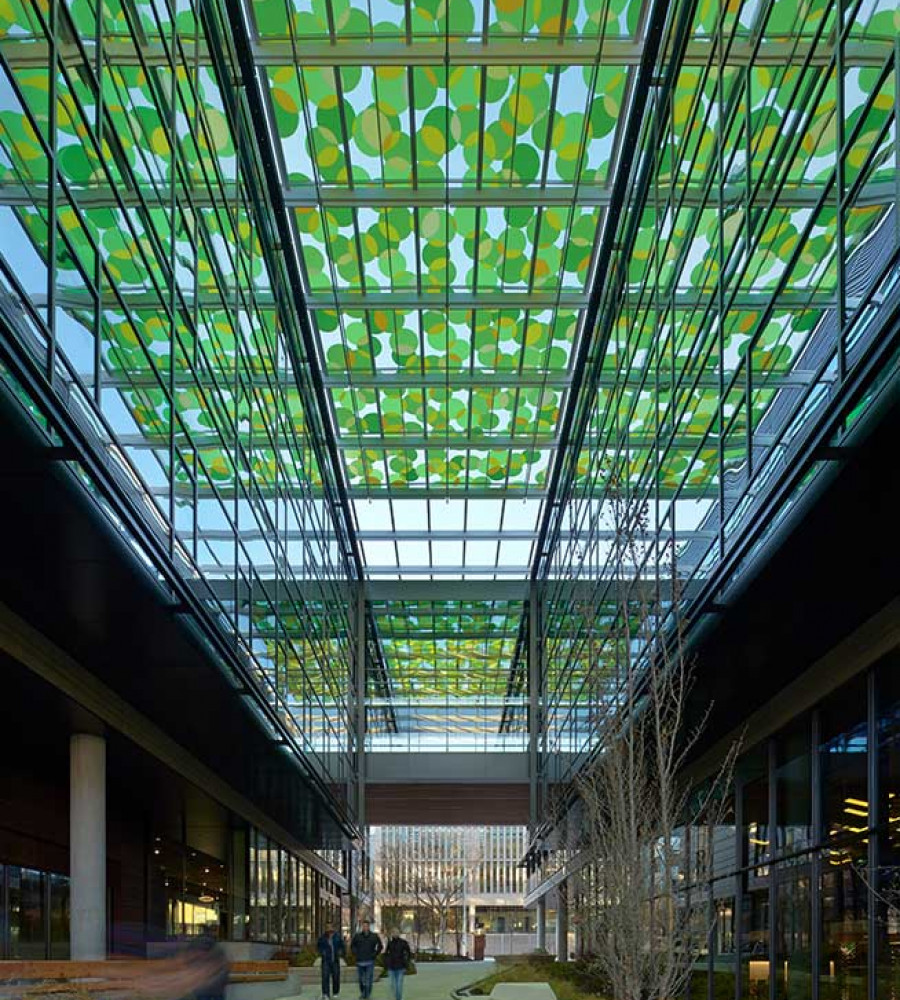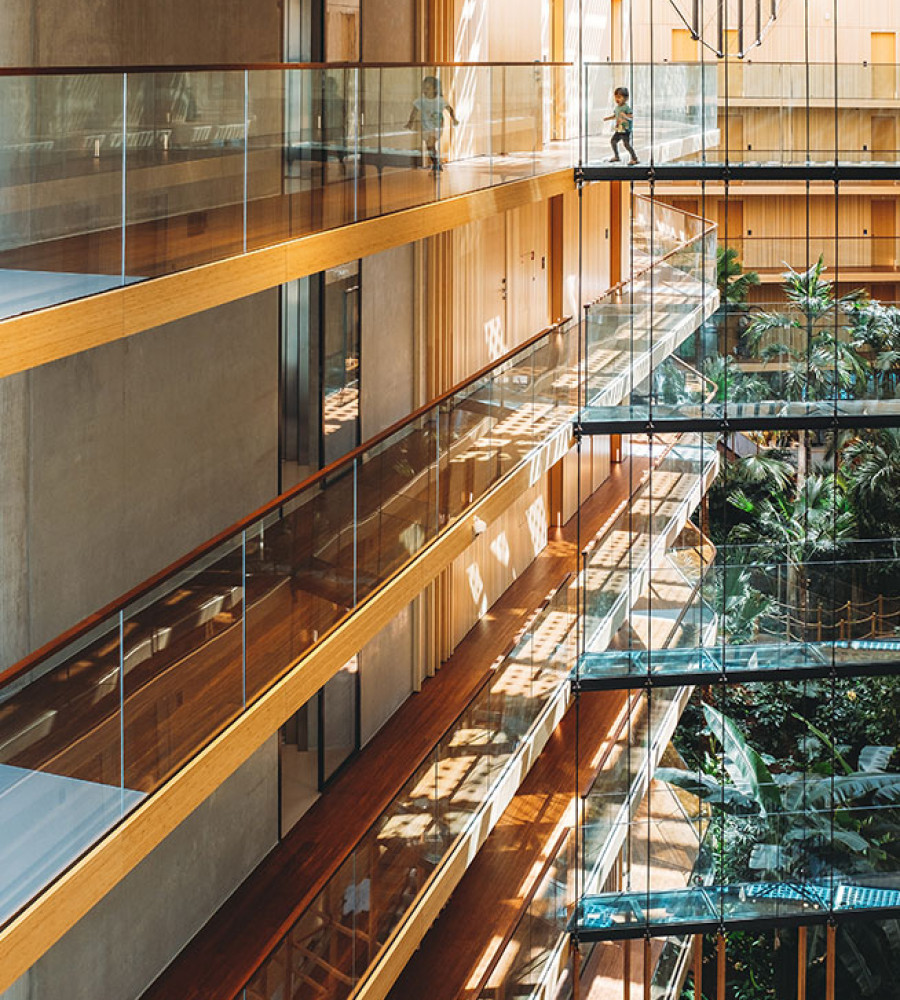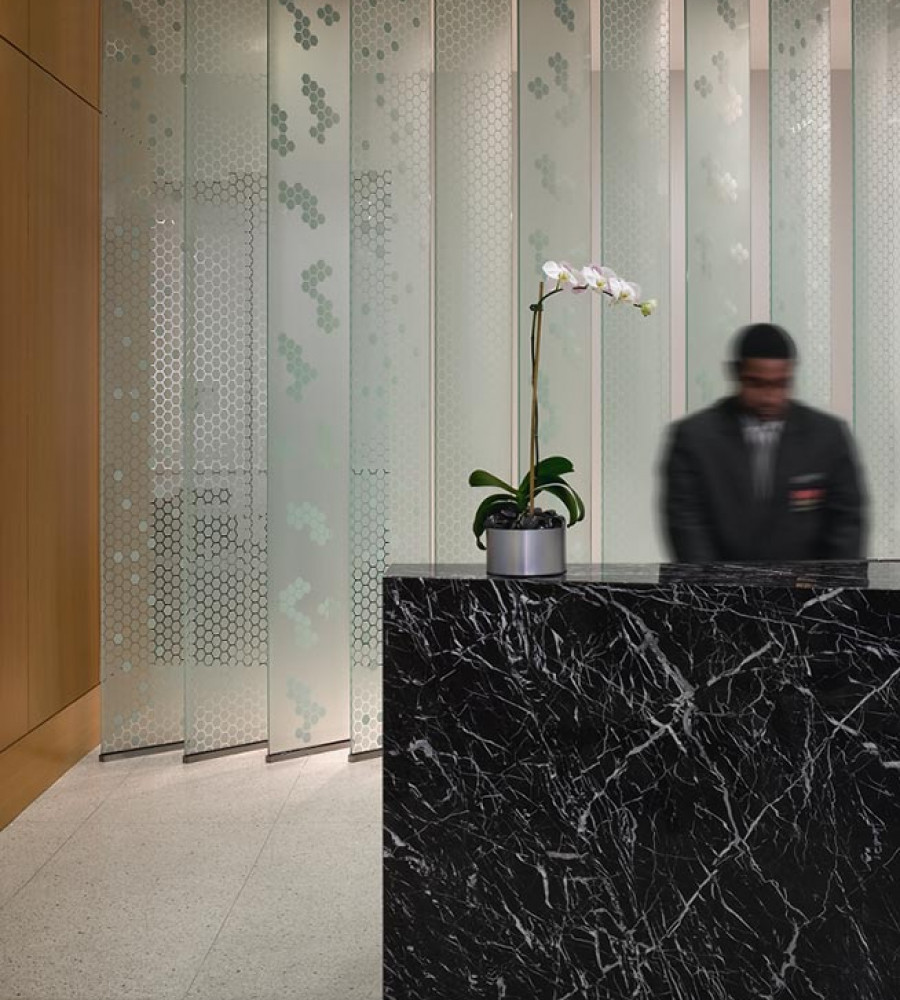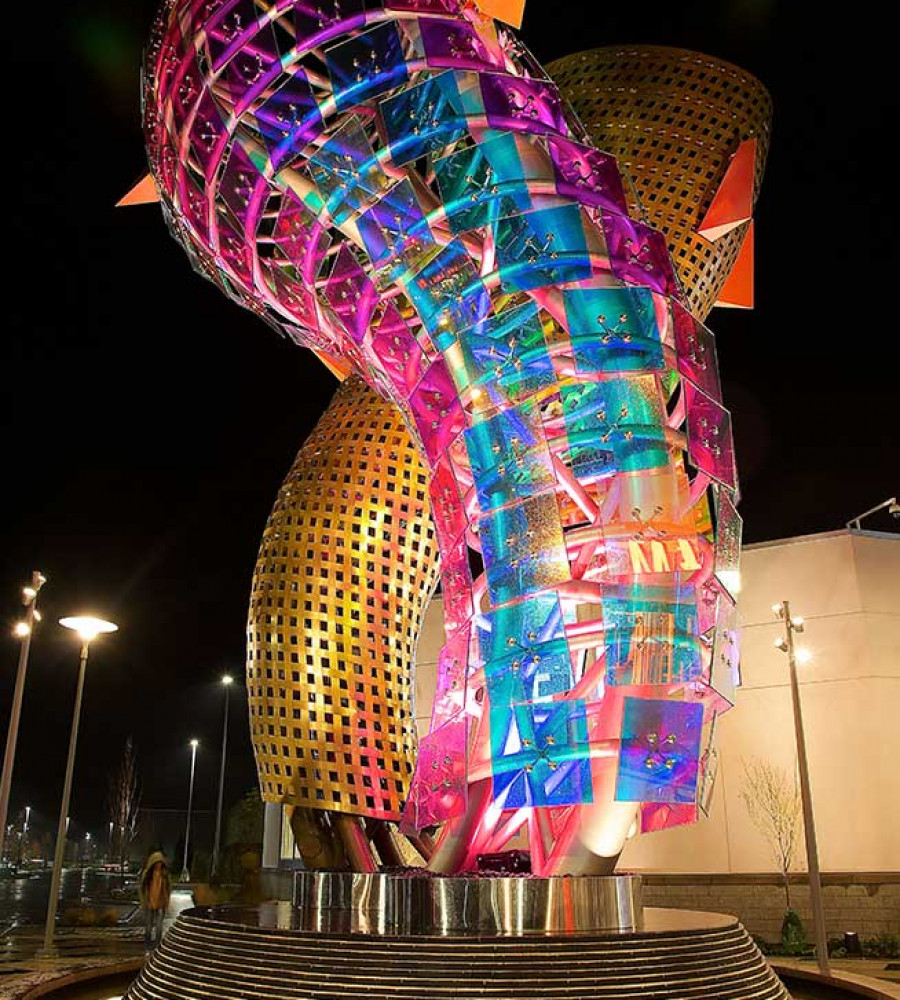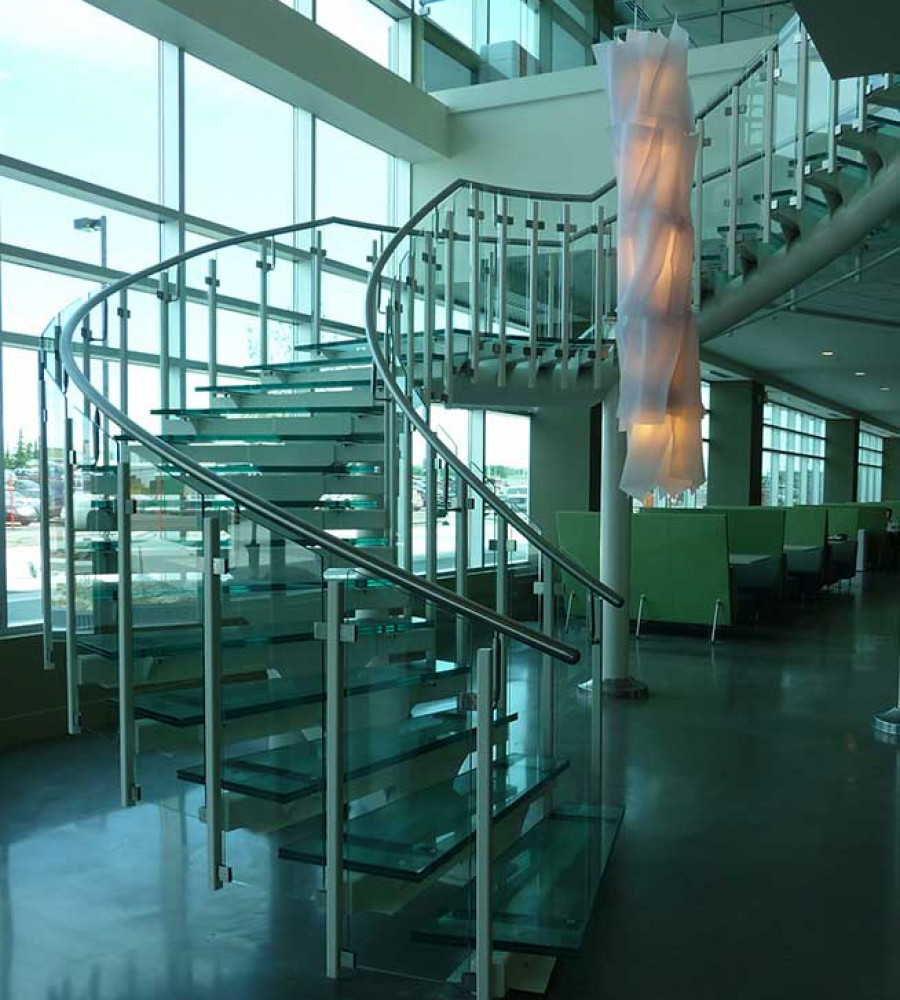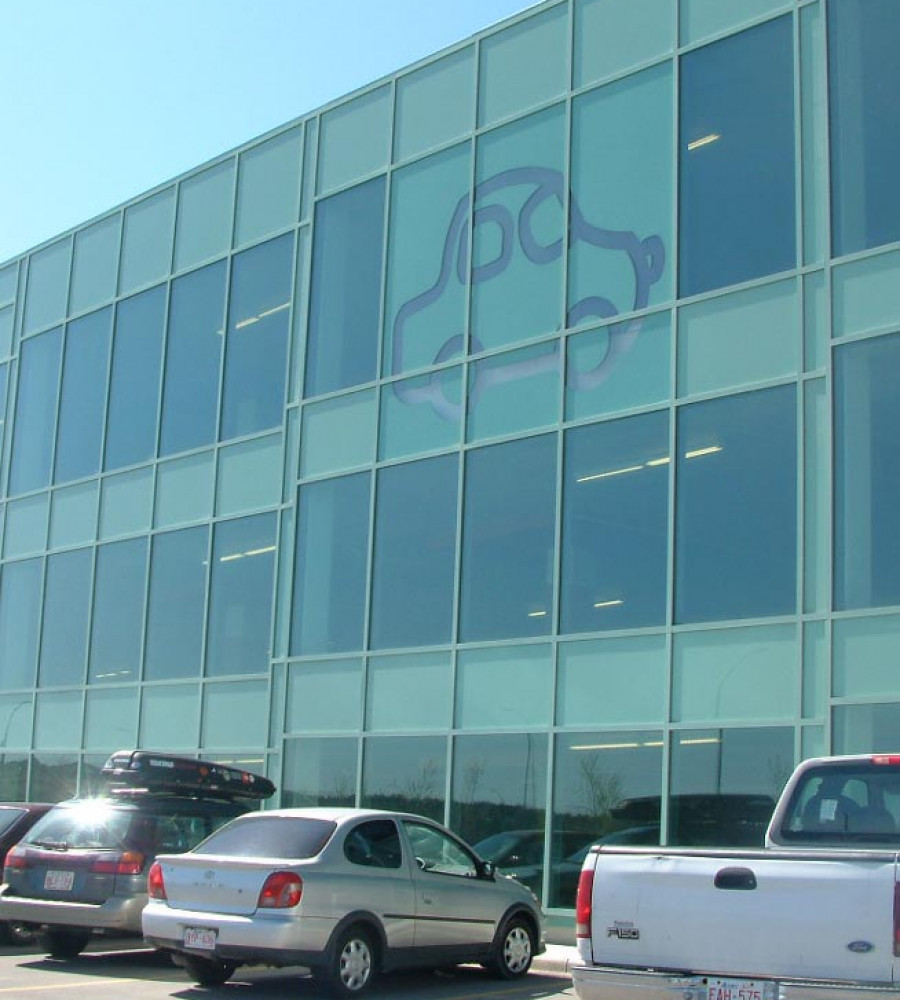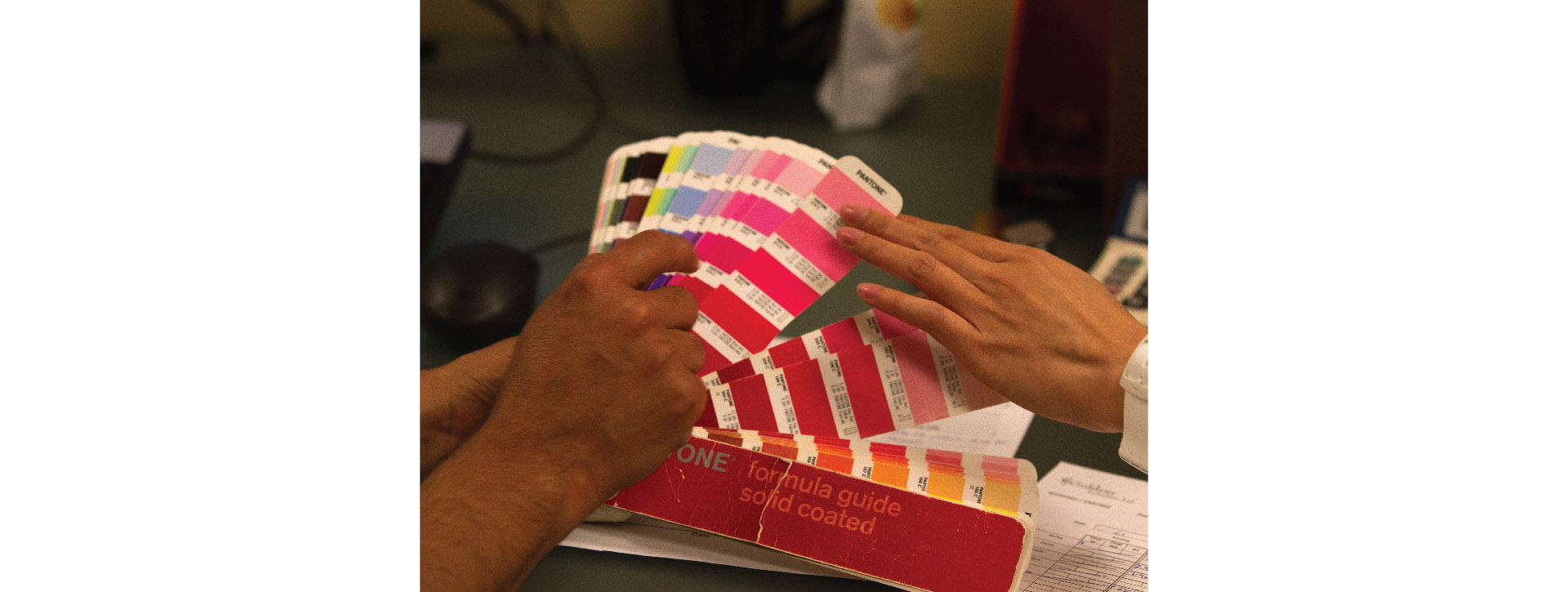Posted: 12 years ago
First Surface Ceramic Frit
Have you read about the glare on a London building that apparently melted the side view mirror of a Jaguar? The London skyscraper, originally nicknamed the Walkie Talkie building has been re-named the "FryScraper" as it fried an egg on a nearby sidewalk while burning holes in bike seats.
Without a solution to the high glare, he's bound to be the first in a series of meltable mishaps. In a similar case in Las Vegas, innocent individuals enjoying poolside libations got a surprise when their tiny umbrella's were left stranded in a pool of melted plastic. Apparently the Aria's extreme glare also burned some locks on a few innocently lounging ladies.
For years, architects have been discouraged from specifying ceramic frit on first surface exterior applications due to oxidation and weathering which could adversely affect the performance of the material. However with new technology, ceramic frit can now be applied to the first surface of any glass building without degradation or loss of color. The advantage of specifying first surface ceramic frit is twofold, the images are far more vibrant, but more importantly, the glare coming off of the building is significantly reduced while increasing the shading coefficient. Glare on buildings is becoming such an issue that many cities have been altogether limiting the amount of glass that can be used on the exterior of buildings. We need to let them know that the solution no longer means reducing glass, now that you can specify 1st surface ceramic.
Not only does first surface ceramic frit reduce glare, it also prevents bird strikes. This is another very hot topic in the architectural industry as millions of birds are killed every year flying into the reflection of a seemingly endless sky. Unlike the Rakow Library where we created horizontal first surface ceramic frit stripes, strike proof ceramic frit must be specified vertically for it to be effective in saving our feathered friends.
The Rakow Library, pictured above, was built 14 years ago. Back then the limitations was the pigment, not the frit. While new inks have been designed and tested to go outside very well, silver is the best pigment choice due to the fact that it's chemically inert and totally resistant to corrosion and oxidation. Purple and red, while apparently favored by many, are challenging because they contain gold pigment, the cost being ridiculously prohibitive. The darker the color on the outside of the building, the easier it is to see outside from the inside, so many architects ask to specify black; sadly, black patina's with time, subsequently turning silver and eventually becoming clear. We recommend very dark grey instead.
To read more about the building in London that melted the Jaguar, please read the original article.
Join the Goldray Industries team on Facebook where we're celebrating our new logo and the completion of Burberry's new Chicago Store with a $100 Burberry Contest Giveaway!

